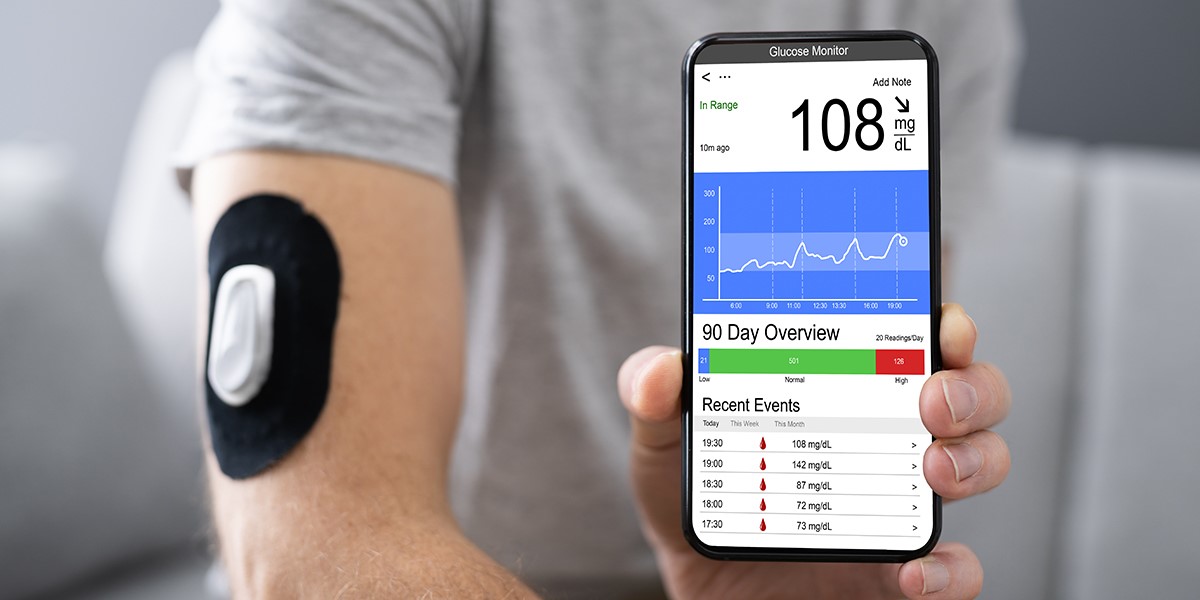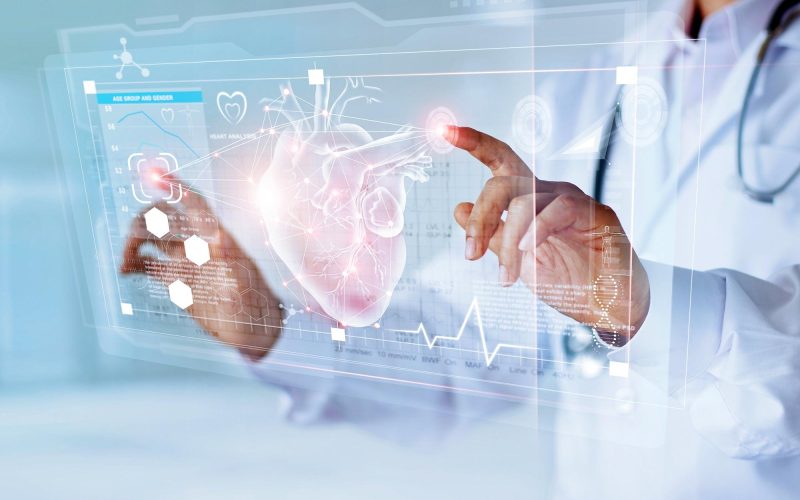The field of medicine is in a constant state of evolution, driven by the relentless march of innovation and technology. Emerging health technologies are at the forefront of this transformation, promising to reshape the way we understand, diagnose, and treat diseases. From artificial intelligence (AI) to telemedicine, these advancements are not only improving patient outcomes but also making healthcare more accessible and efficient. This article delves into some of the most promising emerging health technologies and their potential impact on the future of medicine.
Artificial Intelligence and Machine Learning
Artificial Intelligence (AI) and Machine Learning (ML) are revolutionizing various aspects of healthcare. These technologies can analyze vast amounts of data far more quickly and accurately than human beings, enabling more precise diagnostics and personalized treatment plans.
Diagnostics
AI algorithms can analyze medical images—such as X-rays, MRIs, and CT scans—with remarkable accuracy. For instance, Google’s DeepMind has developed an AI system that can diagnose eye diseases as accurately as world-leading doctors. Such advancements reduce the burden on radiologists and ensure quicker diagnosis, which is crucial for conditions where early detection can significantly impact outcomes.
Personalized Medicine
Machine Learning algorithms can also predict how individual patients will respond to different treatments based on their genetic makeup, lifestyle, and other factors. This enables the development of personalized treatment plans that are far more effective than the one-size-fits-all approach traditionally used in medicine.
Telemedicine
Telemedicine has gained significant traction, especially in the wake of the COVID-19 pandemic. It involves the use of digital communication technologies to provide medical care remotely, making healthcare more accessible to people in underserved or rural areas.
Accessibility and Convenience
Telemedicine platforms allow patients to consult with healthcare providers from the comfort of their homes. This is particularly beneficial for those with mobility issues or those who live in remote areas. Additionally, telemedicine can reduce the burden on healthcare facilities, freeing up resources for more critical cases.
Chronic Disease Management
Telemedicine is also highly effective in managing chronic diseases such as diabetes, hypertension, and asthma. Remote monitoring devices can track vital signs and other health metrics, transmitting this data to healthcare providers in real-time. This enables timely interventions and adjustments to treatment plans, significantly improving patient outcomes.
Wearable Health Devices
Wearable health devices like smartwatches and fitness trackers are becoming increasingly sophisticated. These devices can monitor a range of health metrics, including heart rate, sleep patterns, and even blood oxygen levels.
Continuous Monitoring
Continuous monitoring allows for the early detection of potential health issues. For example, wearable devices can detect irregular heart rhythms, prompting users to seek medical advice before a condition becomes serious. This kind of proactive healthcare can prevent complications and improve long-term health outcomes.

Data-Driven Insights
The data collected by wearable devices can provide valuable insights into an individual’s health and lifestyle. This information can be used to make informed decisions about diet, exercise, and other aspects of health management, contributing to overall well-being.
Genomic Medicine
Genomic medicine involves the use of genetic information to guide medical decisions. Advances in DNA sequencing technologies have made it possible to analyze an individual’s genetic makeup quickly and affordably.
Disease Prediction and Prevention
Genomic medicine can identify genetic predispositions to various diseases, enabling early intervention and prevention strategies. For example, individuals with a family history of certain cancers can undergo genetic testing to determine their risk and take preventive measures if necessary.
Tailored Treatments
Genetic information can also guide the selection of treatments that are most likely to be effective for a particular individual. This approach, known as pharmacogenomics, can minimize adverse effects and improve treatment efficacy.
Robotics and Automation
Robotics and automation are making significant inroads into the medical field, particularly in surgical procedures and rehabilitation.
Robotic Surgery
Robotic surgical systems, such as the da Vinci Surgical System, allow for minimally invasive surgeries with greater precision and control. These systems can reduce recovery times, minimize complications, and improve surgical outcomes.
Rehabilitation
Robotic devices are also being used in rehabilitation to assist patients in regaining mobility and strength. Exoskeletons, for example, can help individuals with spinal cord injuries or stroke survivors to walk again, significantly improving their quality of life.
3D Printing
3D printing technology is being used to create customized medical devices, implants, and even tissues.
Customized Implants
3D printing allows for the creation of implants that are tailored to the specific anatomy of a patient. This ensures a better fit and reduces the risk of complications. For example, 3D-printed titanium implants are being used in orthopedic surgeries to replace damaged bones.
Tissue Engineering
Researchers are also exploring the use of 3D printing to create bioengineered tissues and organs. While still in the experimental stage, this technology holds the promise of addressing the shortage of donor organs and revolutionizing transplant medicine.
Blockchain in Healthcare
Blockchain technology, best known for its use in cryptocurrencies, is finding applications in healthcare, particularly in the areas of data security and interoperability.
Secure Data Sharing
Blockchain can provide a secure and transparent way to share medical data between different healthcare providers. This ensures that patient information is accurate and up-to-date, facilitating better coordination of care.
Fraud Prevention
Blockchain can also help prevent fraud in healthcare by providing a tamper-proof record of transactions. This is particularly useful in areas such as insurance claims and the supply chain for pharmaceuticals.
Conclusion
Emerging health technologies are poised to transform the future of medicine in unprecedented ways. From AI-driven diagnostics to telemedicine, wearable devices, genomic medicine, robotics, 3D printing, and blockchain, these innovations promise to make healthcare more personalized, efficient, and accessible. As these technologies continue to evolve, they will undoubtedly bring about significant improvements in patient outcomes and revolutionize the way we approach healthcare. The future of medicine is bright, and it is being shaped by the remarkable advancements in emerging health technologies.










